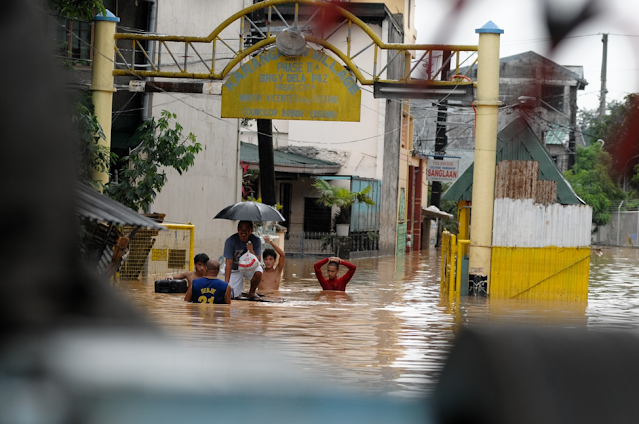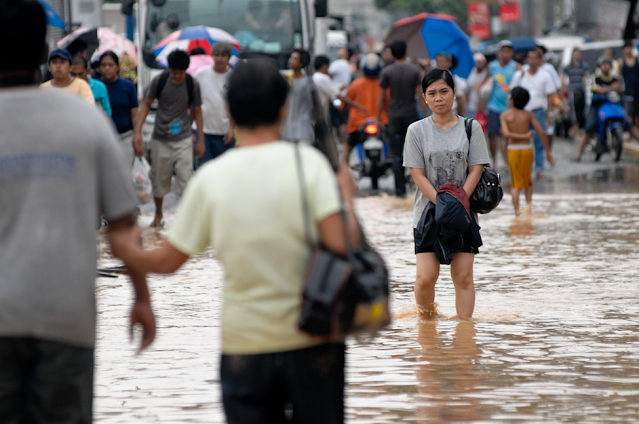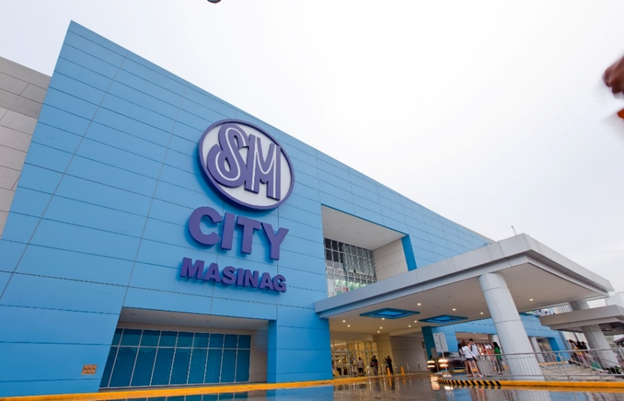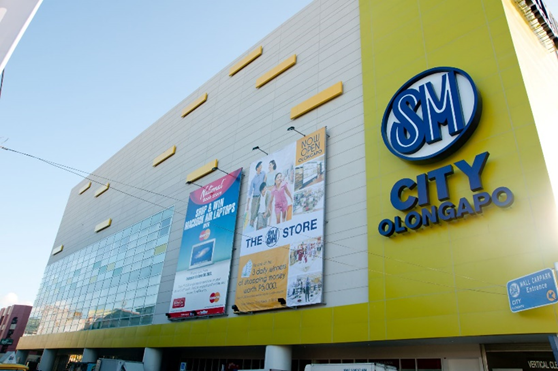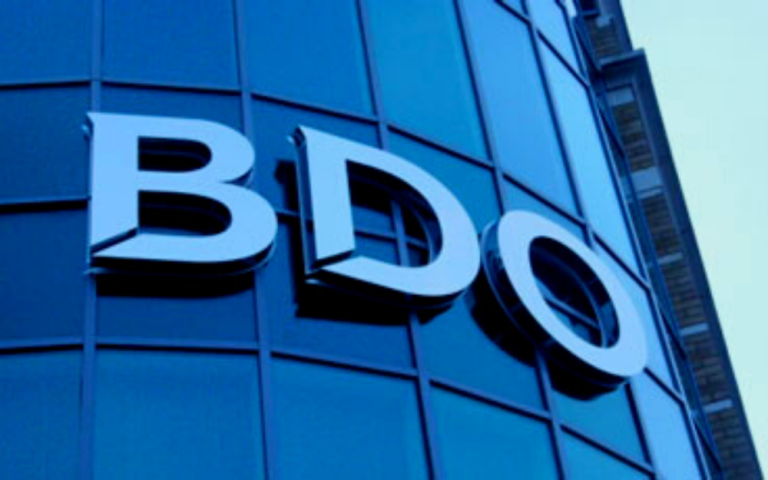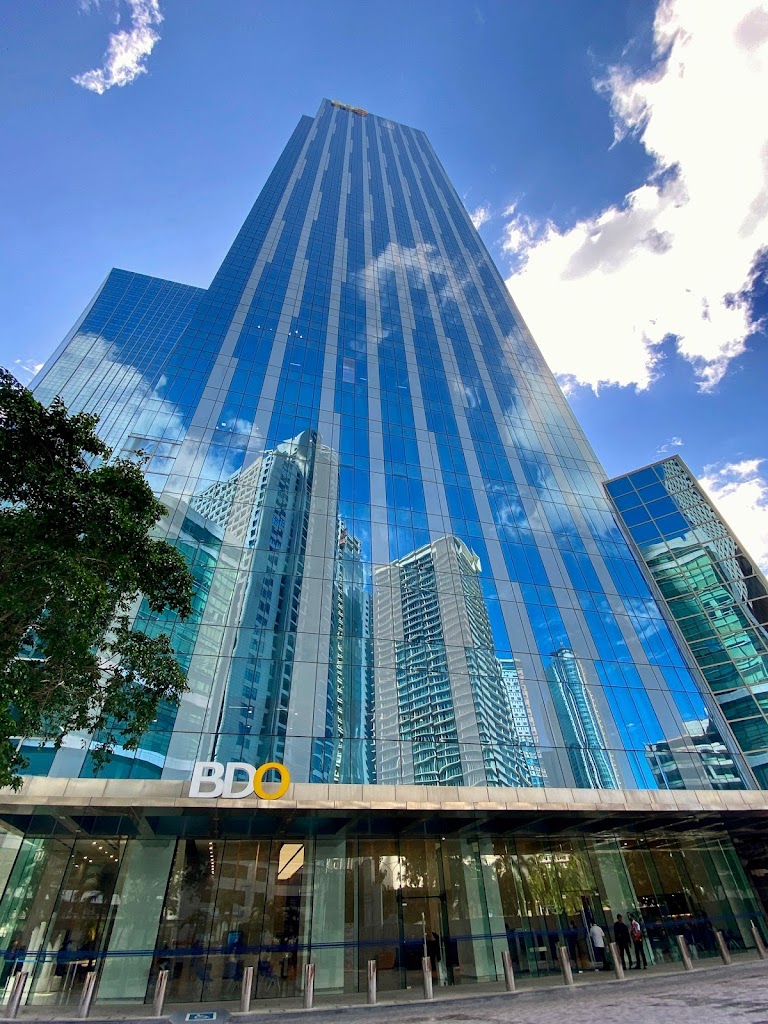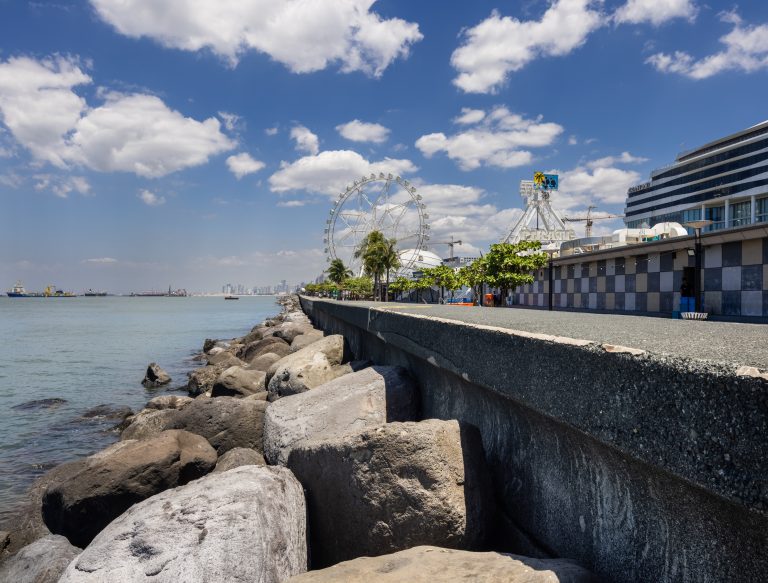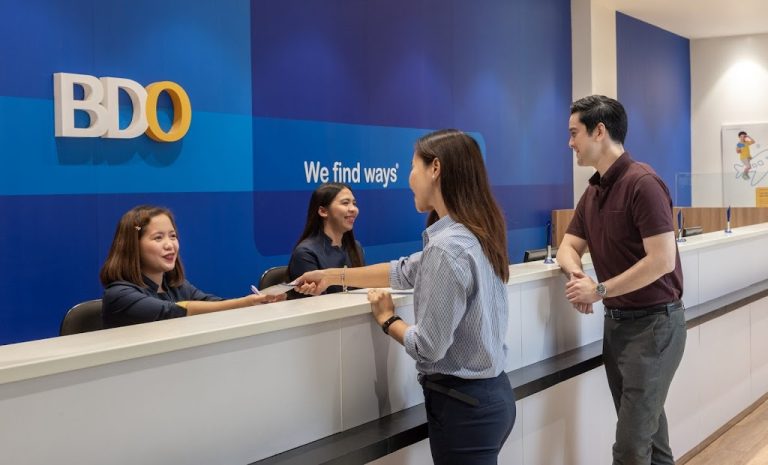The importance of Community-based- Disaster Risk Reduction and Management
It is for this reason that a community-based disaster risk reduction and management plan (CBDRRMP) is important. It lays the duty of being prepared for disasters and other emergencies on the entire community, guaranteeing that organizations, homes, and people may all work together to make their community more resilient in the event of a disaster.
CBDRRMP is critical, particularly for disaster-prone countries like the Philippines. The Philippines is prone to earthquakes, volcanic eruptions, and typhoons due to its location inside the Pacific Ring of Fire and typhoon belt, respectively. In the 2020 World Risk Index, the country rated ninth in the world in terms of susceptibility to disasters.
Flooding is one of the most prevalent phenomena in the Philippines, emphasizing the significance of good floodwater control. Local governments are accomplishing this in a variety of ways.
Efforts span from structural measures like large underground drainage systems, floodways, pumping stations, flood warning systems, and urban greening to non-structural measures like reducing plastic trash, which is a major cause of urban flooding.
Filipinos must also prepare for earthquakes because the nation is located on five active fault lines. This is why many structures include earthquake-resistance characteristics. Periodic earthquake exercises done at the national and corporate levels help to strengthen the country’s seismic resistance.
These are good examples of CBDRR in action, where authorities and individuals collaborate to safeguard the safety of life and property in their communities.
SM City Masinag includes a rainwater collection tank with a capacity of 17,681 cubic meters.
SM has long been committed to promoting Catastrophe Risk Reduction and Management (DRRM) in its communities as a trusted and responsible developer of integrated properties, as seen by several of its malls that utilize infrastructure design focusing on disaster resilience.
SM invests 10% of its capital expenditures in disaster-resilient features, one of which is implementing water management design elements.
SM City Marikina, for example, is elevated by many rows of concrete stilts to protect tenants and mallgoers during heavy floods. For further safety during storm surges, the SM Mall of Asia was built with a storm surge barrier, and some malls use catchment tanks to recycle rainwater.
There are 22 SM Malls in the country that contain rainwater collection tanks beneath the mall. All of these malls can capture and store 79,880 cubic meters of rainwater, which is the equivalent of 32 Olympic-sized swimming pools.
“We attempt to assist our communities to become adaptable to shifting weather patterns wherever SM is,” Arch said. Vice President of SM Engineering, Design, and Development, Fides Garcia-Hsu.
